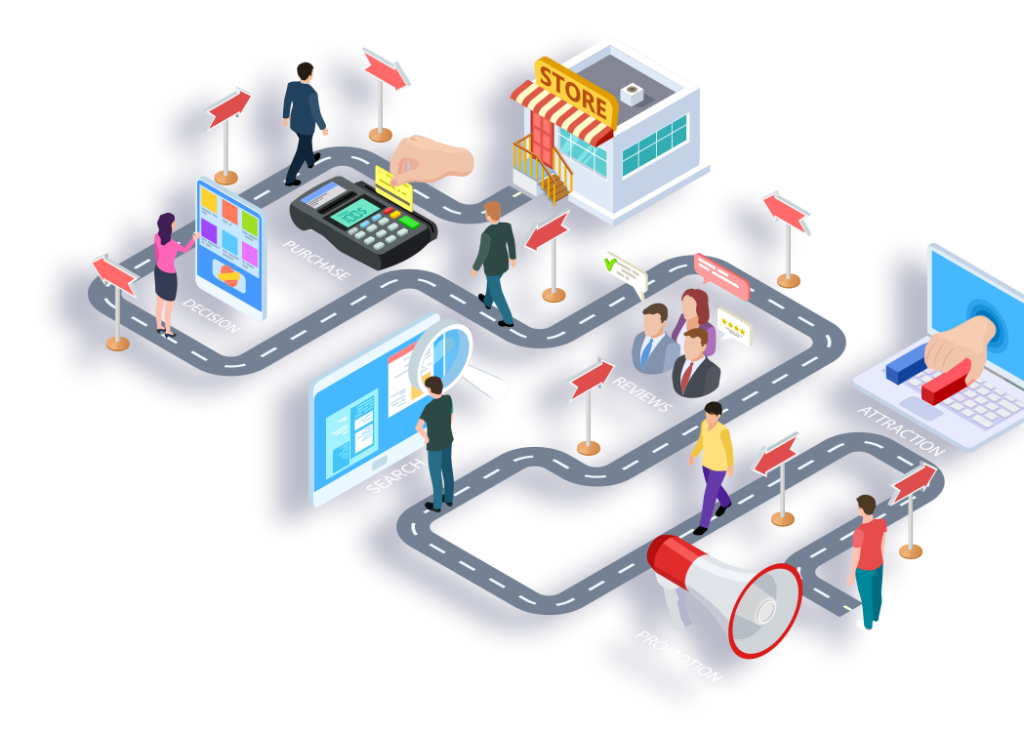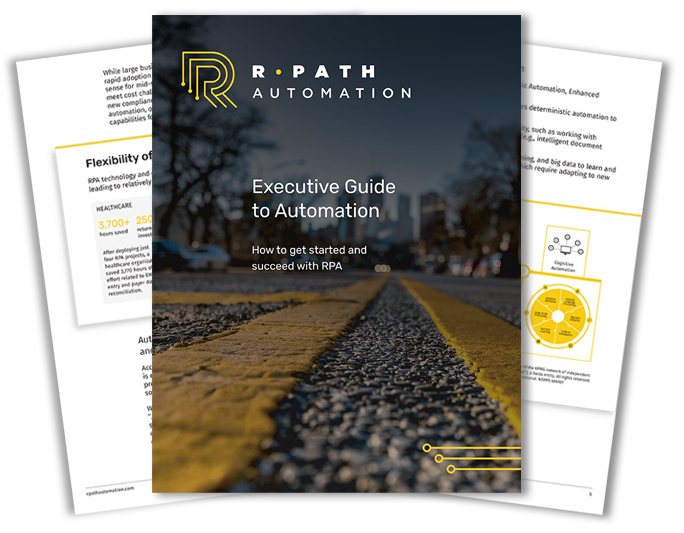Process Automation in the Banking Industry
What Is Robotic Process Automation (RPA)?
Robotic Process Automation (RPA) is a software technology that allows businesses to automate a wide array of tasks and processes. Contrary to what you might think, RPA doesn’t involve robots of any kind. Instead, what we often refer to as a “bot or “digital employee” is actually a piece of software code that mimics human behavior to execute various business processes.
RPA bots are programmed to perform specific actions like copying and pasting data from one workbook to another, processing transactions, or flagging data inaccuracies. Essentially, any kind of task that is routine, repetitive, and rules-based can be performed by an RPA bot.
Robotic Process Automation (RPA) isn’t here to take anyone’s job. Instead, it automates some of your most tedious, computer-based business processes so that your employees have more time and bandwidth to innovate. Common use cases for RPA include, but are not limited to, tasks like:
- Entering and extracting data
- Inspecting and comparing data
- Making if/then decisions
- Running reports
- Organizing or manipulating data files and folders
- Sending and receiving email
By liberating employees from these repetitive, time-consuming tasks, process automation makes your improves employee morale, improves customer experience, and allows your business to become more efficient. Think of it like training a new digital employee, except this new employee never gets tired, never takes breaks, and doesn’t get bored.

How Does Robotic Process Automation (RPA) Work?
At a high level, RPA developers create a set of rules-based instructions for a bot to perform a specific task in much the same way that an employee does. The specifics vary widely depending on the selected process to be automated, the tools to be used, and the goal of the automation.
Fortunately, most RPA software is intuitive to use, so there is no need to be intimidated! It is not necessarily a low-code/no-code solution, but business users can utilize RPA software with proper training and governance. RPA developers, sometimes called citizen developers, often have the same critical thinking skills observed in software developers, but they do not need the same extensive and formal education.
How Robotic Process Automation Adoption Has Grown
Process Automation's Rise: From Fastest-Growing Software to Core Enterprise Strategy
In 2019, Gartner identified Robotic Process Automation (RPA) as the fastest-growing segment of the global enterprise software market. The pandemic in 2020 accelerated this growth, pushing organizations to digitize critical operations at scale. By late 2020, Gartner predicted that up to 90% of Fortune 500 and Global 2000 companies would adopt RPA by 2022—a prediction that largely materialized.
Now in 2025, automation has moved beyond tactical deployments. Gartner emphasizes the shift toward unified process automation architectures and AI-augmented development, noting that by 2025, 30% of enterprises will have implemented AI-enhanced strategies—up from just 5% in 2021. Automation is no longer just a cost-saving tool; it's a strategic imperative driving scalability, efficiency, and innovation.
Why the rapid adoption? RPA’s ability to introduce automation into legacy processes and software, without needing to replace existing infrastructure, makes it an ideal choice for digitizing the workplace. Industries such as banking and finance have been quick to adopt RPA due to the ability of bots to function as a strategic piece of the digital transformation toolkit.

Want to put RPA to work for you?
Speed, accuracy, and efficiency are required to meet today’s market demands. Are you ready to embrace the power of automation? Let’s talk.
How Do Banks Benefit From Robotic Process Automation (RPA)?
It’s no secret that the banking industry operates under a strict regulatory framework. Estimates suggest that banks spend approximately 10 percent of their operating expenses on compliance costs alone. The investments required to maintain compliance, combined with reliance on legacy systems, mean banks must split their focus between maintaining the status quo and finding new ways to serve customers or manage their operations.
As the industry grows more competitive, and as customers demand more agility, flexibility, and digital experiences, banks need to adapt and digitize everyday processes to keep up. Hiring more staff is not the answer. RPA is an ideal fit and makes it possible to reduce manual labor, increase compliance, and ultimately improve the customer experience.






